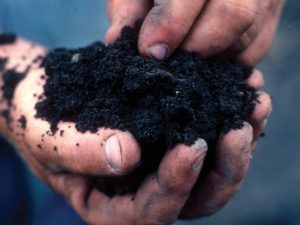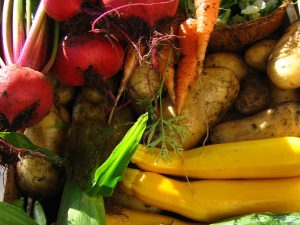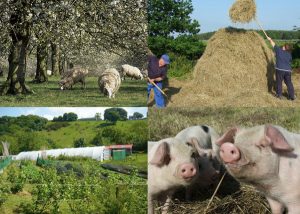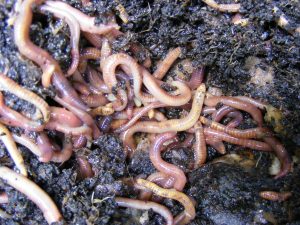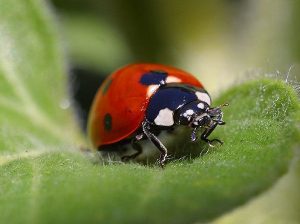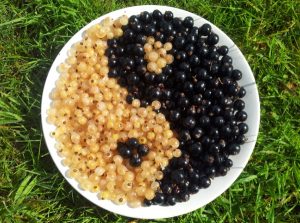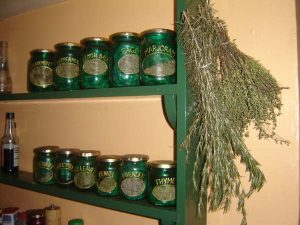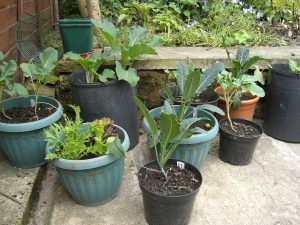Soil management - introduction

“Upon this handful of soil our survival depends. Husband it and it will grow our food, our fuel, and our shelter and surround us with beauty. Abuse it and the soil will collapse and die, taking humanity with it” – Atharava Veda, Sanskrit Scripture, c. 1500 BCE
Contents
What is soil management?
Soil management is making sure that your soil is healthy and alive, with good structure and high humus content. When we grow food crops we break the nutrient cycle – we harvest food and take out nutrients that would have otherwise gone back to the soil. So we need to externally manage the soil to maintain fertility and health. Whether you have a smallholding, an allotment or a tiny vegetable patch, get the soil right and everything else is easy.
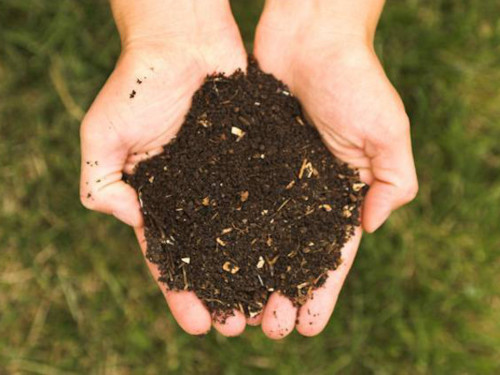
There are three things in the soil that require management:
- fertility: providing nutrients for healthy plants
- structure: a good ‘crumb’ structure is best – lots of small crumbs that don’t disintegrate or bulk together, but leave just enough air gaps for the right amount of drainage and for plant roots to grow
- life: look after the micro- and macro-fauna (macro you can see with the naked eye, micro you can’t) and they will provide the above two things
Humus is the most important element of the soil for fertility, structure and life. It’s a colloidal substance that’s the product of soil fauna breaking down organic matter. Good soil should have at least a 5% humus content. Its structure allows soil to hold a lot of water and nutrients without becoming waterlogged.
Soil management is becoming more important. Many of the plant varieties we grow today are a lot more demanding of nutrients than older varieties, because plants have been bred to grow as fast, as big and as high-yielding as possible. With the development of petroleum-based fertilisers, soil management was abandoned in favour of plant management, and correspondingly, non-organic soil health has deteriorated all over the world. Indigenous communities traditionally fed and looked after their soil. The ‘Green Revolution’ in the 1960s changed that, with a move to chemical fertilisers, pesticides, heavy machinery, an increase in average farm size and a mass exodus of people from smallholdings to urban slums.
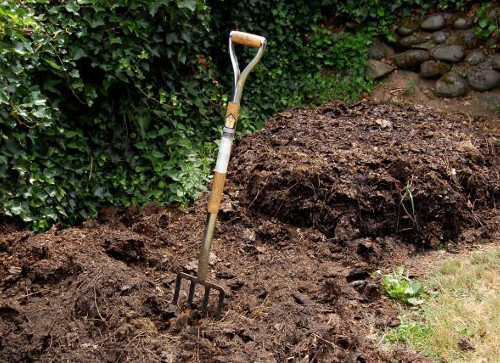
There are lots of different kinds of soils, but the same strategies for soil management apply to all of them. Sandy soils suffer from too much drainage and not enough nutrient retention. Adding organic matter will allow the soil to hold water and nutrients better. With clay soils it’s the opposite problem – they have high nutrient content but retain too much water. Adding organic matter will improve drainage without reducing nutrient content. Adding organic matter is in fact the most important aspect of soil management – but there are other techniques too (see ‘what can I do?’).
What are the benefits of soil management?
There’s a fundamental difference in outlook between soil management and chemical growing approaches. If you look after the soil and build humus you’ll keep fertility locked in the soil, that can gradually be absorbed by plants as and when they need it. In contrast, synthetic fertilisers don’t feed the soil, they feed the plant – and to do that properly requires a lot of technical knowledge. Plants can be over-fed, producing tasteless food, or fed the wrong thing at the wrong time – for example if tomatoes are fed too much nitrogen when they’re fruiting, they’ll put more energy into producing leaves than fruit. But if you feed the soil, you don’t have to worry – the plants will feed themselves with exactly what they need when they need it. Managing soil looks after plants long-term rather than short-term.
Good soil management results in fewer pests and diseases, consistently higher yields, better drainage (but not too much – you don’t want flooding, but you don’t want leaching of nutrients either), increased soil fertility and less work (you get soil organisms to look after the soil for you). It’s also better for the whole ecosystem – more soil organisms and no toxins means a much healthier environment for wildlife.
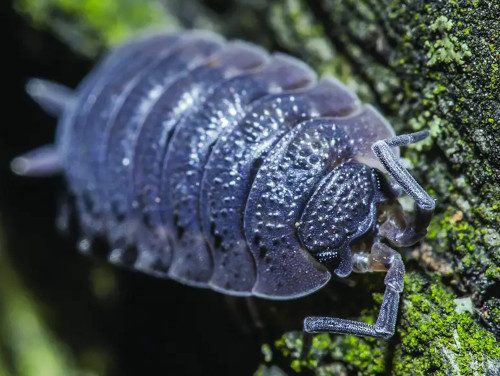
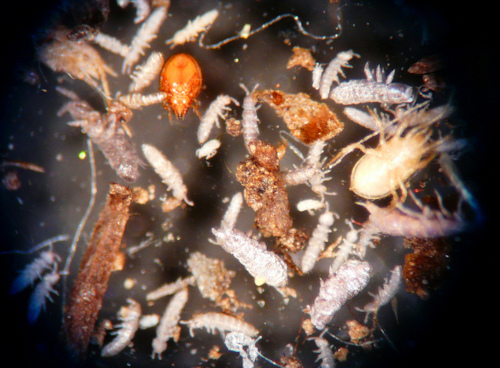
What can I do?
Organic matter
Adding organic matter is the number one thing that you can do to improve your soil – for example rotted compost, leaf mould, rotted wood chip / straw or animal manures. If organic matter is added just before planting, it’s important that it’s fully rotted, otherwise it should be added to the soil at least a year before planting. Nitrogen is used in decomposition, and if the organic matter isn’t fully broken down, it will take nitrogen from the soil to do it – which is exactly the opposite of what you want. Also, unrotted animal manures could contain unwanted pathogens. With damaged soil, it’s much better to use home-made compost, which will contain lots of micro- and macro-fauna, which eat organic matter and excrete it in a form that makes hard-to-obtain nutrients accessible to plants. Bought compost is sterilised and so there’s no fauna left in it.
Dig or no dig
There are two schools of thought on this one.
Dig: add well-rotted organic matter and dig in thoroughly. This will produce a uniform, well-aerated topsoil with well-spaced fauna, into which you can plant immediately. This is a good method if you have compacted soil. However, if you dig below around 10cm, you can start to upset soil micro-organisms. Aerobic organisms (that require oxygen) will get buried and die, and anaerobic organisms (that don’t like oxygen) will be exposed and die.
No-dig: organic matter is placed on top of the soil. It’s a slower process that relies on soil fauna to take organic matter down into the soil. It doesn’t disturb the ecology of the soil, and after a few weeks the organic matter should be incorporated. If It’s not fully rotted, it needs to be added at the start of winter, ready for planting in the spring.
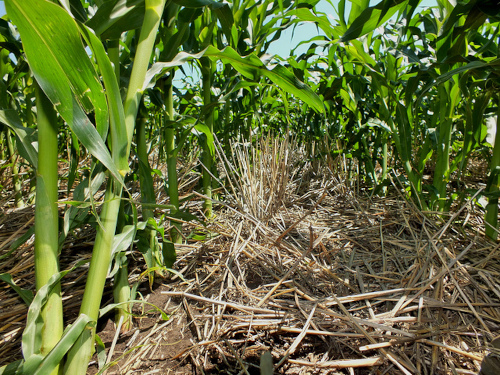
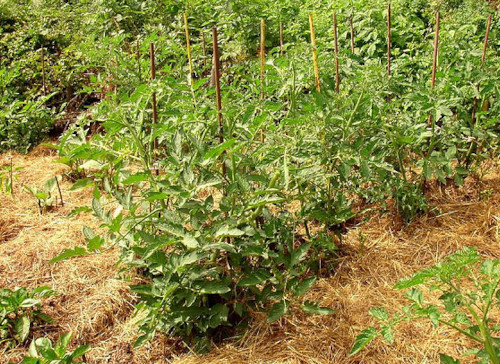
Mulching
Popular in permaculture, it’s covering the soil around plants that already exist with a layer of organic matter. The advantages are that it stops compaction, drying and cracking of the soil, plus it retains moisture and provides food for soil fauna. The trouble is that it provides a perfect refuge for slugs and snails, so it’s better for less vulnerable plants like trees, bushes and older plants. In drier parts of the world this isn’t a problem, but the UK is slug and snail paradise.
Crop rotation
Very important for fertility – different patches of land are planted with different crops in four- or five-year cycles. Year one will be plants with short roots like lettuces or tomatoes and year two will be plants with long roots like carrots and other root vegetables. Year three and four will be short roots / long roots as well, but with plants from different families than in years one and two. That way, different nutrients will be taken from the soil (and from different levels in the soil) in consecutive years, so that the soil doesn’t become drained of particular nutrients. Also, plants with high nutrient requirements like courgettes, tomatoes, cucumbers, pumpkins, potatoes or aubergines are followed by plants with low nutrient requirements like beans, peas, radishes or lettuces, so that the soil isn’t working too hard all the time. The fifth year can be fallow, to allow the soil to rest. You can run animals on the soil in year five. Chickens and ducks will remove pests and pigs will dig out deep roots. All animals will add fertility with their droppings. Otherwise you can allow the soil to be covered with whatever arrives naturally, or you can plant a…
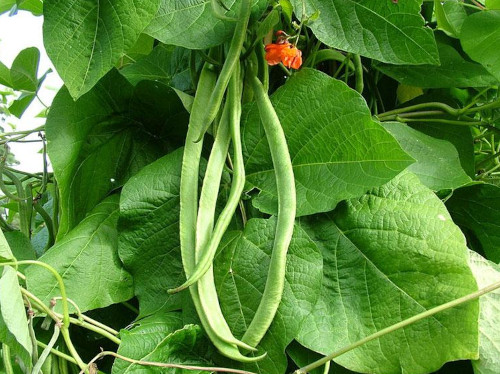
Green manure
This is covering an area with a species with lots of foliage and thick roots to prevent weed growth and to maintain moisture and structure. Plus green manures are often ‘nitrogen-fixers’ – i.e. they take nitrogen from the air and dump it into the soil. This is very useful indeed, and it’s something that either takes a lot of energy (lightning does it!), or special nitrogen-fixing bacteria on a plant’s roots. Legumes such as peas and beans are nitrogen-fixers, as are green manures such as clover and alfalfa. Hungarian grazing rye isn’t a nitrogen-fixer, but it has a hormone on its roots that prevents weed seeds germinating. This hormone stays in the soil, but doesn’t affect crops that are planted out after germinating. Green manures will work on poor soils, but it’s best to add organic matter as well.
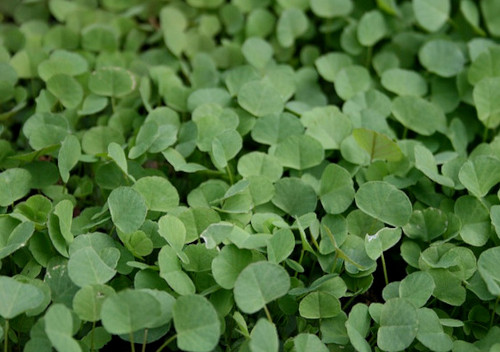
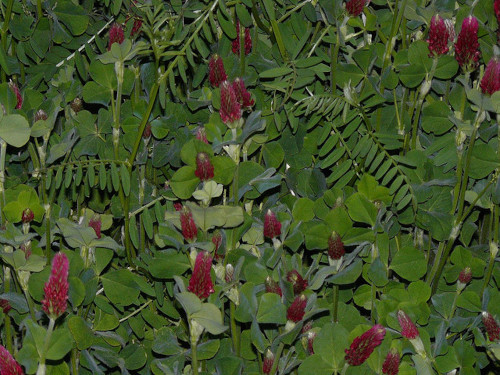
Soil testing
Soil testing is a very useful way to see if your soil management regime is working. You can use very simple tests over time to see if your soil is improving in terms of:
- moisture content
- drainage
- number of worms per unit of area
- soil structure
- how much your soil is compacted
- field capacity – how much water your soil can hold when saturated
- erosion (on a slope)
- soil horizon – thickness of topsoil
- bulk density – weight of a given volume of soil
Here are more details on soil testing.
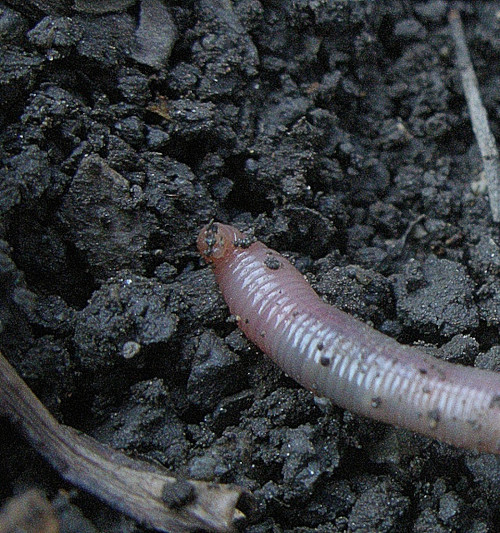
Things to avoid
- Compaction: don’t walk on the soil, as it damages structure.
- Bare soil: avoid having bare soil for long periods, as nutrients can leach from it, the rain can compact it and it can become dry and topsoil (the part of the soil with the majority of usable nutrients) can blow away.
- Over-enthusiastic weeding: don’t remove weeds before you know what’s going to replace them. Their roots will hold the soil in place and their leaves will shelter it; plus other weeds will soon replace them, causing more work.
- Synthetic fertilisers: they cause a huge explosion in soil life that soon dies. They don’t help to build humus – in fact they bypass it, and are bad for the long-term health of the soil.
- Pesticides: they’re bad for the soil because they kill a lot of soil life, which reduces the ability of the soil to look after itself; they also wreak havoc with bees, which we need to pollinate our food crops (and produce honey of course).
Further resources
- Building Soils for Better Crops: free pdf handbook from the Sustainable Agriculture Network
- Soil & Health Library: great resource comprising free publications and articles about soil, drainage, plant health and sustainable agriculture
- LandIS: Cranfield University’s bank of soil-related information for England and Wales
- Sustainable Soils Alliance: partnership of farming organisations, businesses, NGOs, applied science and academia working together to restore our soils to health within one generation
Specialist(s)
Thanks to Simon White of Tyddyn Teg for information.

